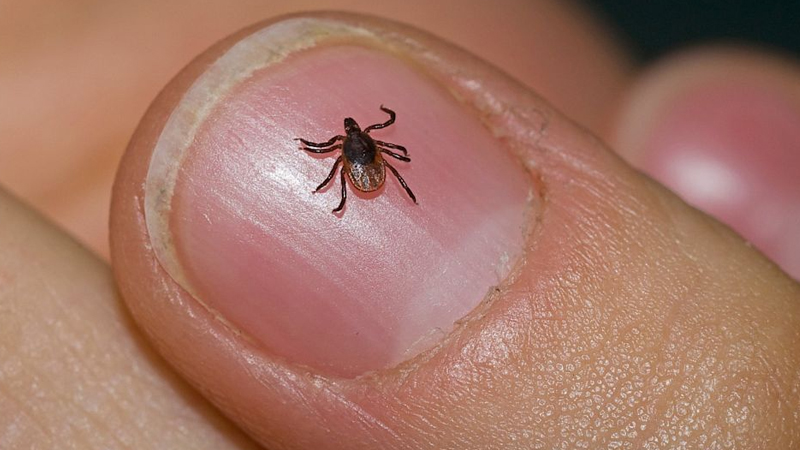Tick bites, a known danger to hiking and camping enthusiasts, are becoming a growing concern throughout the United States due to the diseases they can transmit, most notably Lyme disease. The US Centers for Disease Control and Prevention (CDC) reported a significant increase in cases of Lyme disease, with the number reaching 62,551 in 2022, almost double the average of the previous decade, which stood at about 33,000 cases per year.
Lyme disease, transmitted through tick bites, is the most commonly reported tick-borne disease in the U.S. and its diagnosis can be challenging. Although officially reported infections were close to 63,000 last year, the CDC estimates the actual number could be up to ten times higher due to lack of reporting and diagnostic difficulties.
The prevalence of Lyme disease varies significantly by state; Historically, the Northeast, Midwest, and Mid-Atlantic regions have experienced higher infection rates. However, climate change is altering this landscape by increasing temperatures, thereby expanding suitable habitats for ticks and potentially increasing the risk of Lyme disease nationwide.
“Deer ticks are most active when temperatures exceed 45 degrees Fahrenheit and thrive in areas with at least 85% humidity,” notes the United States Environmental Protection Agency. “The warming temperatures associated with climate change “They are expected to increase the variety of habitats suitable for ticks.” This expansion means that annual cases of tick-borne diseases are expected to continue to increase as ticks invade new areas.
In high-risk areas, it is estimated that between 10% and 50% of blacklegged ticks carry the bacteria that causes Lyme.
These high risk areas include:
- Eastern states, primarily New England and the mid-Atlantic.
- The Great Lakes region and the northern Midwestern states, especially Wisconsin and Minnesota
- West coast, particularly parts of Northern California and, less frequently, Oregon and Washington
In 2022, Rhode Island, Vermont and Maine reported the highest rates of Lyme disease, with Rhode Island topping the list with 212 cases per 100,000 people. Vermont and Maine followed closely with 204 and 194.7 cases per 100,000, respectively. According to the Centers for Disease Control and Prevention.
Pennsylvania was particularly hard hit, as seven of the top ten counties most affected by Lyme disease were located in the state between 2016 and 2019. During this period, Pennsylvania accounted for nearly 30% of all reported Lyme disease cases, followed by New Jersey with 12%. , according to data from United StatesFacts.
How to stay safe from tick bites
The CDC and other public health experts recommend the following to keep you and your family safe from ticks.
- When you spend a lot of time outdoors, treat clothing and equipment with products containing 0.5% permethrin or purchase items that are already pretreated with permethrin.
- Consider long pants and high socks instead of shorts.
- Avoid tall grass and leaf litter. On hikes, try to walk in the center of the trails.
- Inspect clothing and equipment periodically for the presence of ticks.
- To learn how to properly remove a tick if it is attached to the skin, go here.
The blacklegged tick and the western blacklegged tick are the main vectors of the bacteria that cause Lyme disease. In high-risk areas, it is estimated that between 10% and 50% of these ticks carry the bacteria, causing a variety of symptoms in affected people. Early-stage Lyme disease may present with a distinctive “bull’s-eye” rash, fever, chills, fatigue, and muscle and joint pain. If left untreated, the disease can progress to more serious health problems, including neurological, heart, and joint problems.


